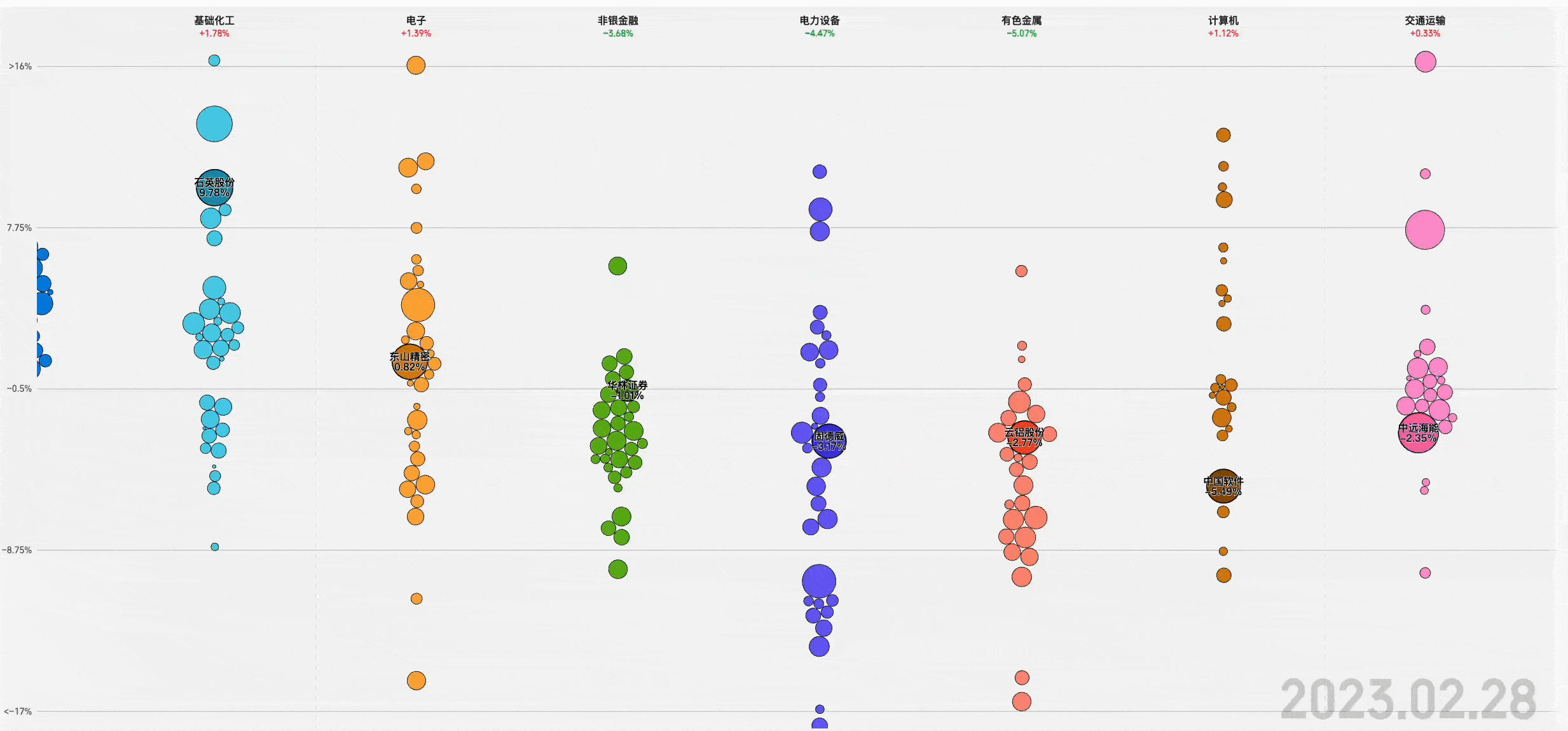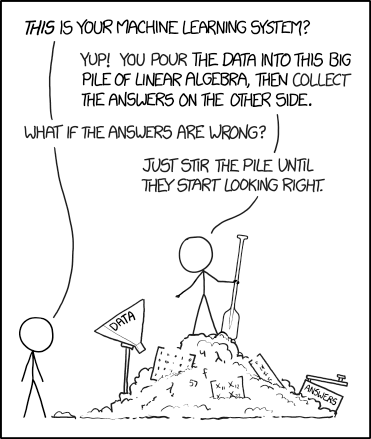Eyes Tracking
TLDR
This article explores a new interaction method for complex network visualizations that combines fisheye distortion with eye tracking technology. The approach allows users to naturally explore dense node-link diagrams by controlling the fisheye effect with their gaze, while keeping the mouse available for other interactions. This is particularly useful for organizational relationship visualizations where users need to switch between overview and detailed views of specific connections.


















